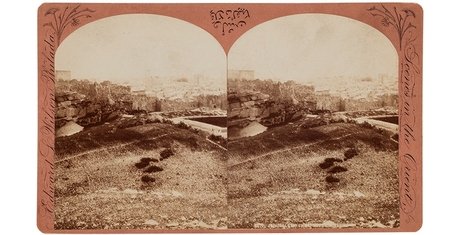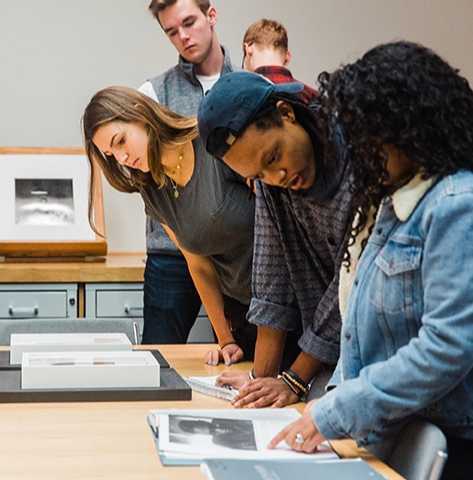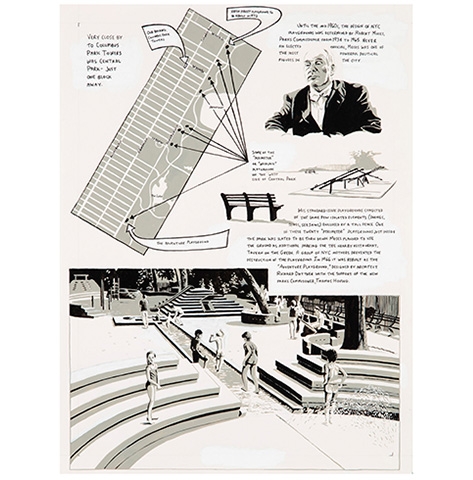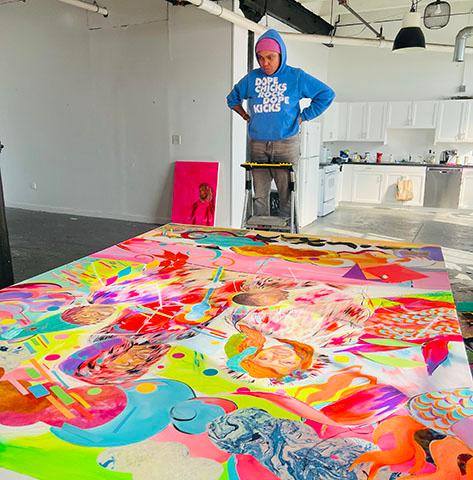Edward L. Wilson. Jerusalem From Mt. Calvary to Olivet, c. 1882. Stereocard, 4 1/4 × 7 in. (10.8 × 17.8 cm). Gift of William C. Winslow, Class of 1862.
In the late 1800s, American photographer, Edward L. Wilson, embarked on a journey to rediscover sacred places in Egypt and Palestine. His goal was to explore these places and capture them within photographs – a number of which are in the Wellin’s collection. Brilliant as he was, Wilson decided to accompany the photographs, as he stated in his book, In Scripture Lands: new views of sacred places, with “descriptions from either the shallow sentiment of the superficial tourist, the narrowness of the enthusiast, or the arbitrariness of denominationalism.” This quote indicates Wilson’s awareness of the different perspectives of observing attraction sites.
Wilson brought back the photographs he took to the United States. He included the descriptions on the back of the photographs in English, indicating that he intended for these photographs to introduce an American audience to his newly devised way of seeing sacred places. An Arabic inscription of the words “Wilson, Philadelphia” is found on the mount of each photograph—a detail that evokes a cultural aspect of the native people who reside in or near to the sacred places.
In his book, Wilson elaborates on the progress of his journeys with wonderfully detailed descriptions of the environments that surrounded the sacred sites. In every class I took at Hamilton that dealt with classical or renaissance-related studies, there was a mention of the Holy Land and, sometimes, of Egypt. Thus, sacred places in Palestine and Egypt constitute an integral part of human cultural history. Wilson’s re-discovery of such places is a significant effort. The fact that this American photographer gathered information from locals indicates that he interacted with them and allowed himself to be immersed in these foreign environments. Not only did he contribute valuable information about these sacred places, but this dedicated photographer also gave a great example of an artist’s courage and determination to discover a new world.










